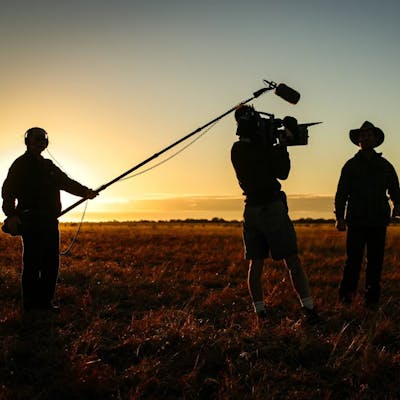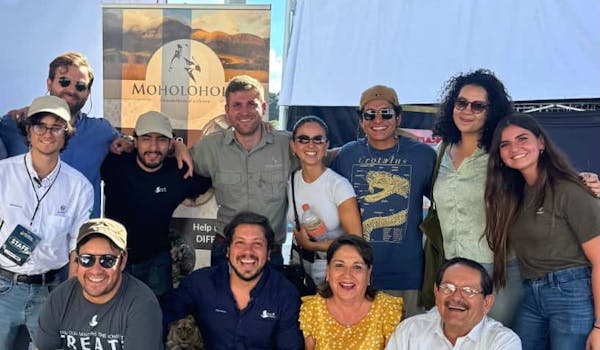
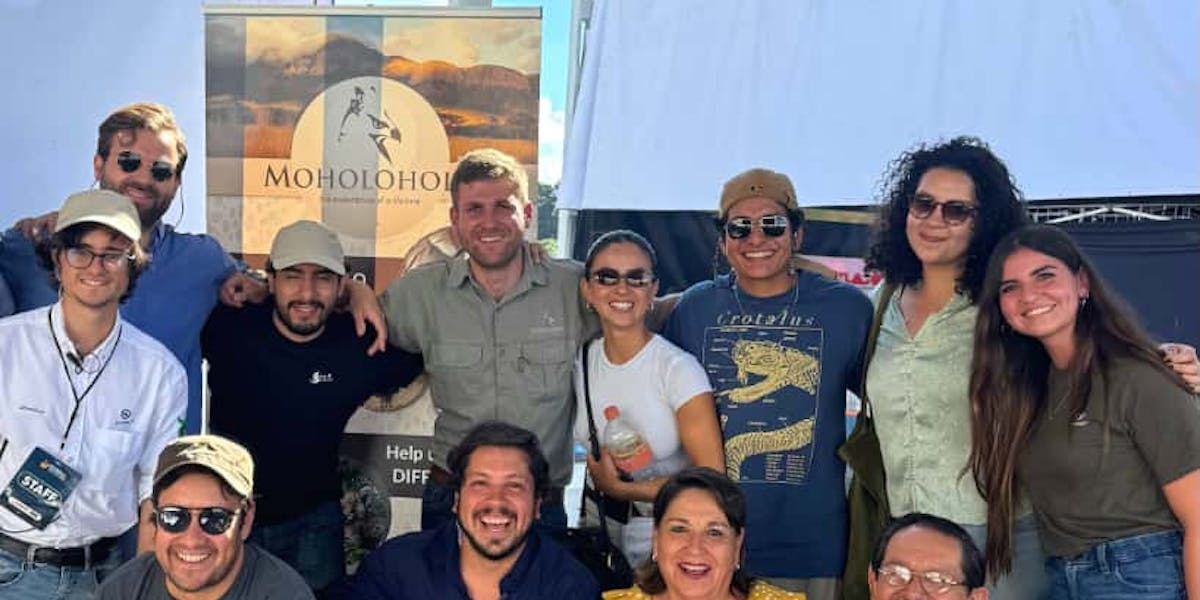
Moholoholo centre manager Martial was invited to share his expertise on wildlife conservation at the International Wildlife Summit 2025.
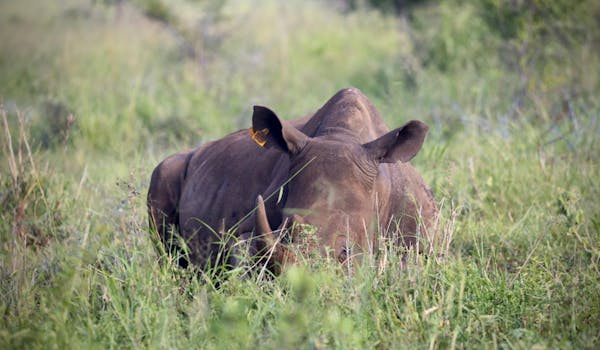

Phinda Private Game Reserve was featured on Germany’s Terra X, revealing how strategic conservation and rewilding efforts have restored biodiversity and helped protect endangered species like the rhino.



The Phinda Camera Trap Survey 2024 is almost complete! Discover the significance of this survey and the valuable contribution of ACE volunteers.


Learn about the fastest animals in the world, and then zoom through our speed quiz to test your knowledge!


Moholoholo's manager sat down with ACE to discuss groundbreaking research on Africa's raptor crisis and the similarities in Moholoholo's own admissions.


Learn more about wild dog conservation in their natural habitat with an unforgettable on the ground experience here at ACE.


Discover the importance of animal tracks for conservation and find out how you can become a top tracker. Then, test your identification skills in our quiz!

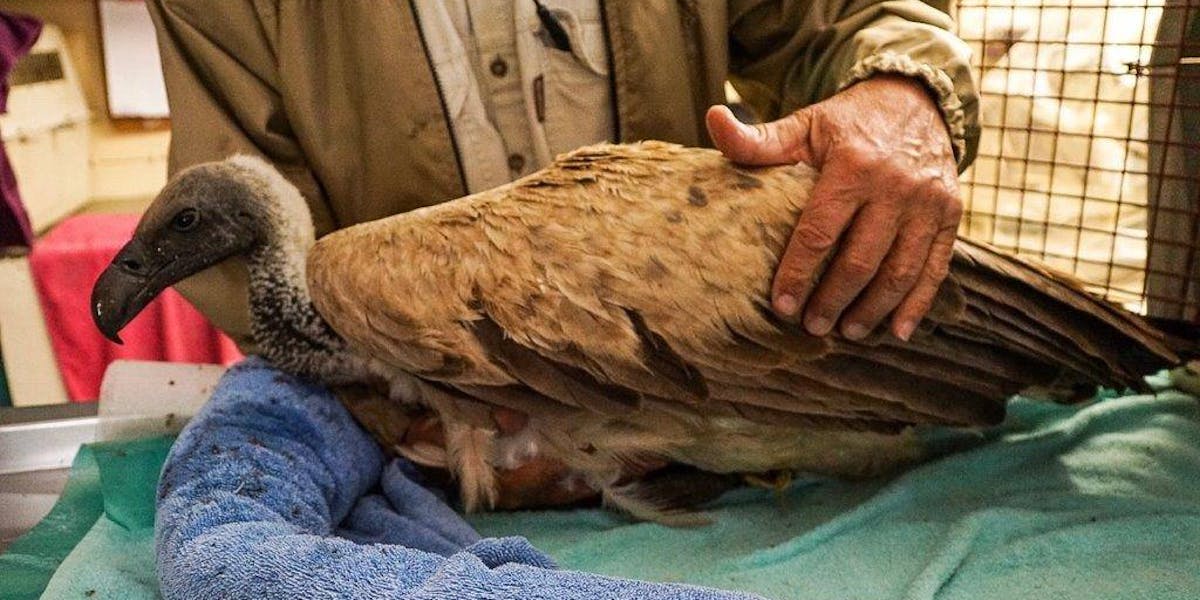
The team from Moholoholo Wildlife Rehabilitation Centre were called by the Endangered Wildlife Trust to a major poisoning in the northern area of the Kruger National Park in South Africa.


Learn about the wonderful world of wildlife eyes, and then take our eye identification quiz to test your knowledge!
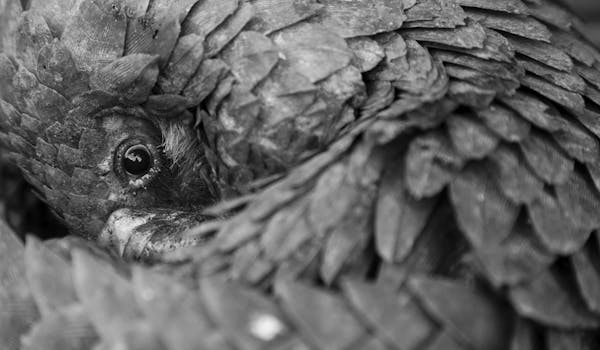
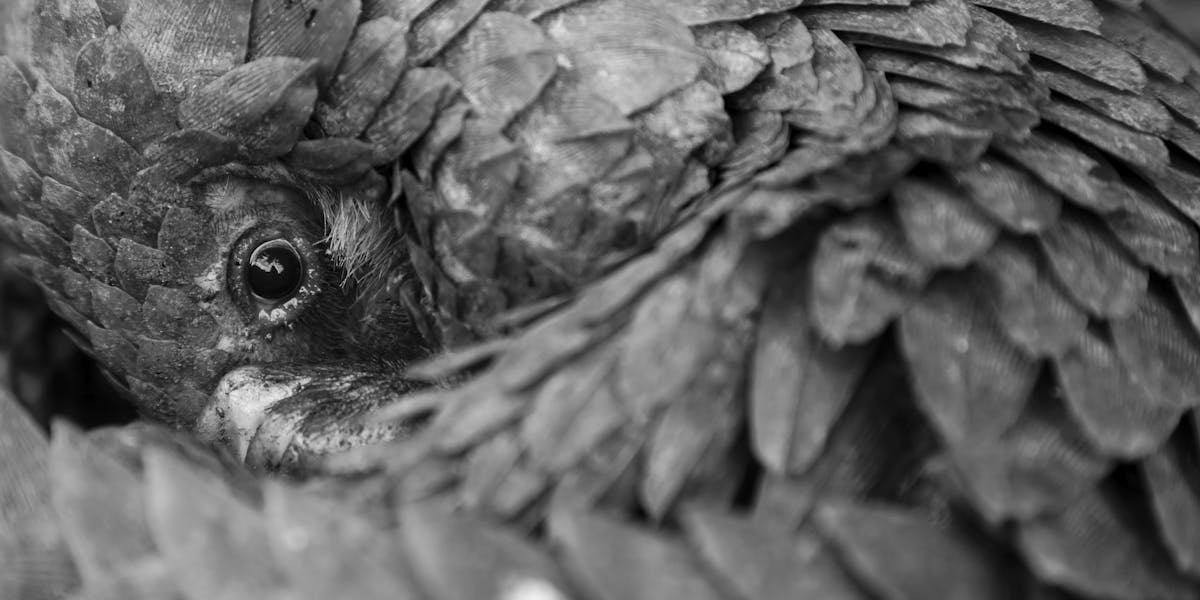
It’s unlikely you would have ever seen a pangolin as they are by far the rarest and most elusive of mammals, and we have it on good authority their pee tastes like ants!
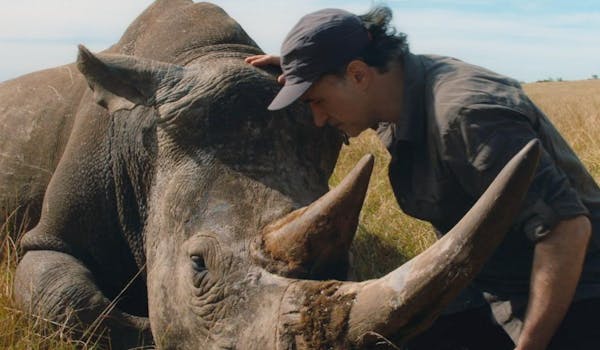
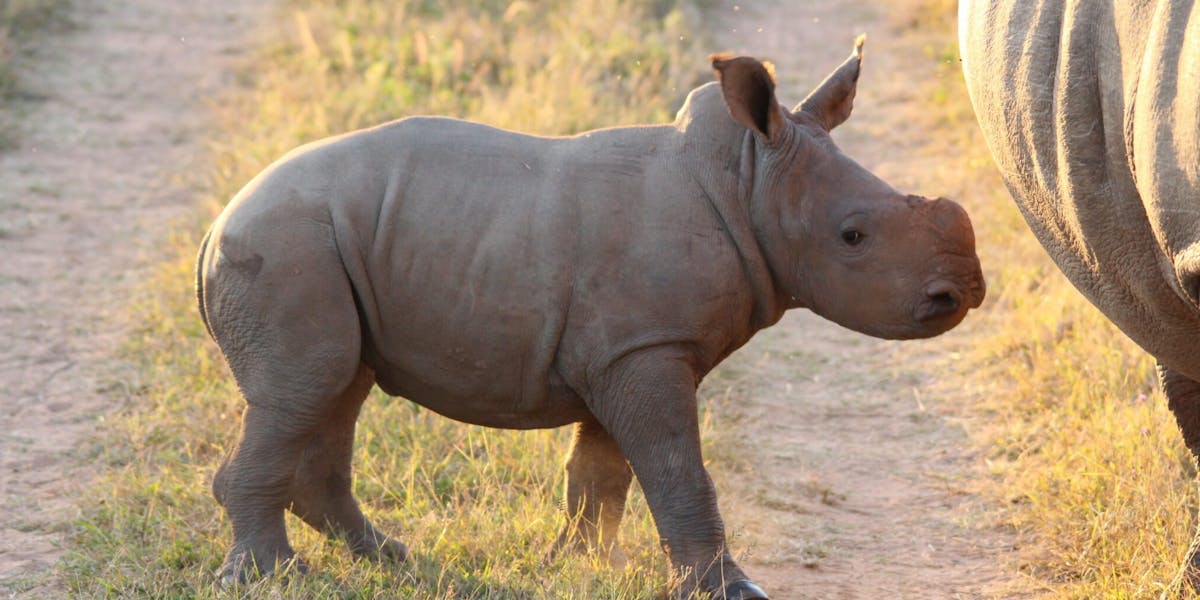
Supervet Noel Fitzpatrick, in his new episode Supervet: Safari Special, visits The Rhino Orphanage. You too can visit and volunteer with ACE!



The Golola Rhino Orphanage and Rehabilitation Centre is the world’s first dedicated rhino orphanage. Their mission is to ensure the species survive. Read Lonely Planet's article about the Rhino Orphanage here.

All Categories
Your can also filter our articles by popular category
